|
We were only supposed to walk around 3 sandy miles. But it turned into almost twice that.
It was day two of Action Photo Tours’ Death Valley Photo Workshop. The word was that Mesquite Dunes, the most accessible dune field in the park, was pretty tracked up by visitors. When you shoot dunes, you want untracked, wind-rippled textures. So we were off to more isolated Ibex Sand Dunes, an hour and 40 minute drive to the extreme southern end of Death Valley National Park. I’d been looking forward to shooting sand dunes at sunrise or sunset. At White Sands National Park a few hours south of my Albuquerque home, I’d only ever been there to shoot in harsh mid-day light, not the best time. And because the park was open 7 am – 7pm, it would have to have been sunset light outside the summer season for that warm, low contrast light photographers love.
Bumpy Drive In
After parking, we could see distant specks walking around the closer, northern part of the dunes. Fortunately for us, the dune field was large and there were plenty of smooth curves left. The catch was we now had a 2 1/2 mile walk in. But walk in we did. Some people opted to hike behind the tracks and shoot that nearest northern dune field anyway. I stayed with the group that turned right and walked further south for the less-trafficked dunes. Don’t Put In The Kitchen Sink
I went for a vertical near and far composition first, looking for foreground branches to create some close interest. (Yes, there are plants in Death Valley.) Then I placed some middleground rocks and a larger plant behind them, and added dunes with a mountain background. Sidelight shadows created a spiderweb from my foreground branches.
An old mentor, Mountain Bike Action Editor John Ker, never photographed longer than a few minutes at any viewpoint. Taking a similar cue, I swapped the wide zoom for a 50mm ‘normal’ lens and looked for different, tighter compositions. I found a nice sand curve with vertical ripples and subtle shadows. Folded mountains rose behind the dune.
But 50mm can be limiting and a bit ordinary in its field of view. So I mounted the manual-focus FD 100-300mm f/5.6L zoom for my favorite practice of choosing important details to suggest the whole.
Black and white focuses a viewer’s attention on textures without distracting color. I started doing serious photography while reading black and white landscape master Ansel Adams’ photography series. (Black and white film was also all I could afford to shoot and process myself early on.) I liked the curvy parallel “road” shadow and dune forms, and colors weren’t really working for me anyway just then. So I shot with black and white in mind for post processing.
Then I noticed a line of plants backed by more curved dunes and shadows. Again, partly-hidden mountains crouched behind everything. There was just one problem – my mount adapter wasn’t engaging the FD zoom lens’ aperture mechanism properly, so I was stuck with the maximum f/5.6 aperture. No depth of field for me. Fortunately, there was enough for the distant captures I was shooting. I pulled in some sand lines and shadows for more abstract compositions. Some of us had gone further south in search of pictures. So instructor Kevin McNeal walked their way to tell them we had some good stuff here, and that we’d also be meeting in our area just after sunset to walk back to the cars.
Meanwhile, I started swapping between the 50mm and 16-35mm wide zoom for shots in the steadily warming light. I found more foreground plant shadows, then shot a diffraction sunstar of the setting sun. The Lumix S Pro 16-35mm f/4 has pretty good flare resistance for this, so I avoided most of the annoying flared color spots. Yes, some people embrace flares in their shots, but I’m not one of them.
As the sun disappeared, I shot some shadowed scenes bathed in soft violet light. Many photographers pack up the cameras and go home after the sun drops below the horizon, but some of the best light happens post-sunset. I later post-processed one of these pictures in black and white, again to focus viewer attention on textures. But my favorite shot was a soft purple and rust brown color scene in the same area.
Then it was time to pack up. We walked (for me, stumbled) by headlamp light through growing darkness back to the SUVs. When we drove through the toughest dirt road section in the dark on the way back, I was very happy our instructor-drivers were experienced with this road. Shot Notes I had two complete camera setups, Canon EOS R5-based and Leica SL2-based. The R5 offers a fold-out LCD making low-angle shots easier, and I brought focal lengths for it from 14mm to 400mm for everything from ultra-wide closeups to isolated pieces of landscapes and wildlife. (Unfortunately, no wildlife appeared.) The SL2 has thinner glass and no LPF over its sensor, resulting in slightly sharper pictures. And the Lumix S Pro 16-35mm f/4 is the sharpest wideangle zoom I’ve ever used, perhaps slightly better than Canon’s RF 14-35mm f/4L IS.
So I chose the SL2 system for Ibex Dunes. But the longest lens I had for the SL2 was an adapted Canon FD 100-300mm f/5.6L, an old manual focus lens from the 1980s. And I had only the Lumix S 50mm f/1.8 between the wide zoom’s 35mm and the Canon’s 100mm. I didn’t expect these lens choices to pose limiting restrictions, and they didn’t – I ended up with many pictures I liked. I was very fortunate the FD 100-300mm f5.6L being stuck at f/5.6 didn’t mess up my telephoto pictures with the Leica SL2. Because the FD 100-300mm was effectively stuck at f/5.6, I shot with the EOS R5 system the rest of the time. My light load R5 setup was a bunch of small-aperture zooms – RF 14-35mm f/4L IS, RF 24-105mm f/4L IS, and RF 100-400mm f/5.6-8 IS. I used the RF 14-35mm f/4 most and RF 100-400mm the least. But I expected that – I really like near-and-far compositions with dominant close foreground subjects. More Information – U.S. National Park Service (nd), White Sands National Park. Retrieved from https://www.nps.gov/whsa/index.htm – Photography Life (nd), Canon FD 100-300mm f/5.6L Macro. Retrieved from https://photographylife.com/lenses/canon-fd-100-300mm-f5-6l-macro – Action Photo Tours (Nov 28- Dec 2, 2021), Death Valley Photo Workshop. Retrieved from https://actionphototours.com/workshops/death-valley-photo-workshop-2/ |
(408) 483-3782
Curious about how to shoot ruins?(408) 483-3782

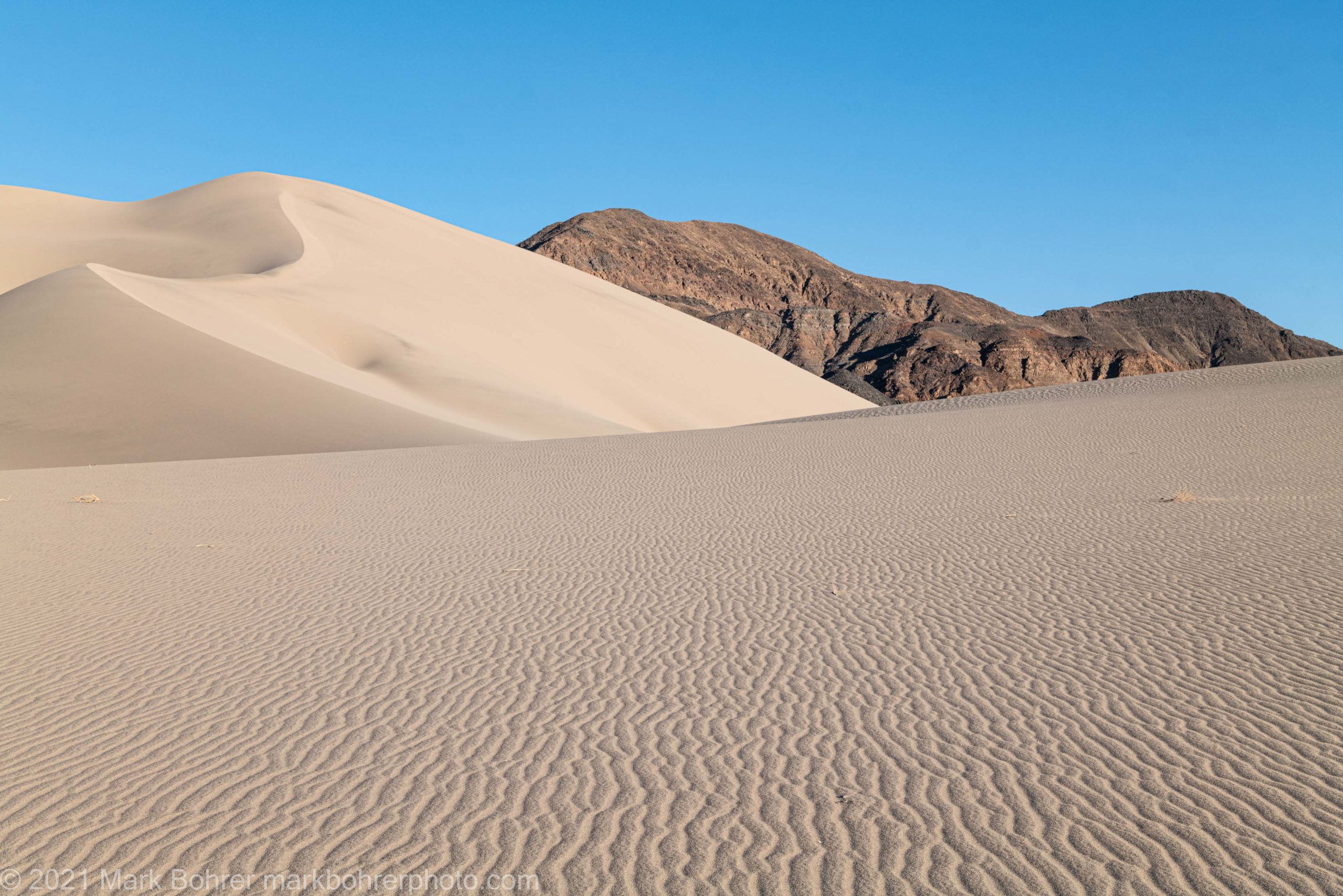
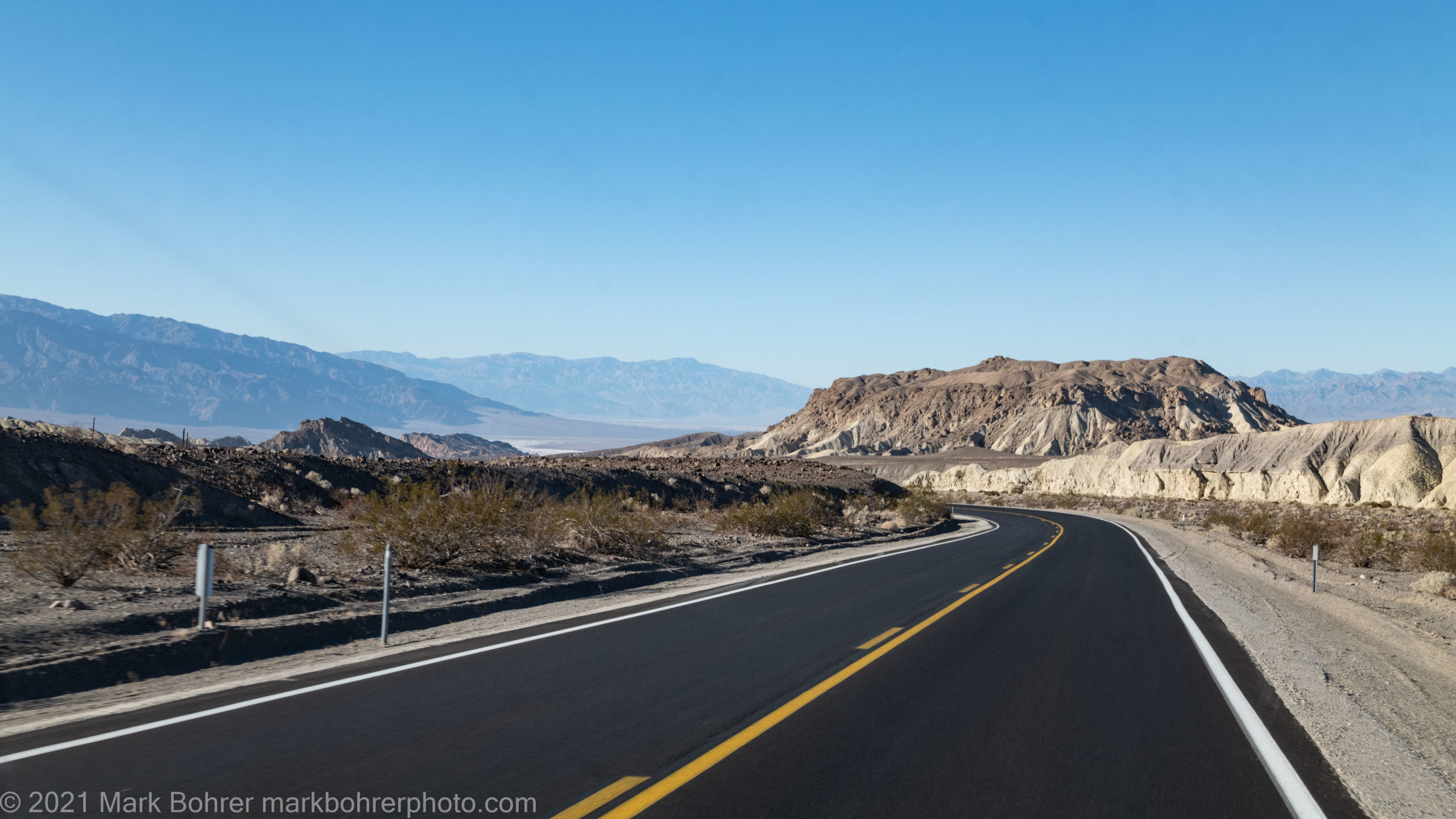
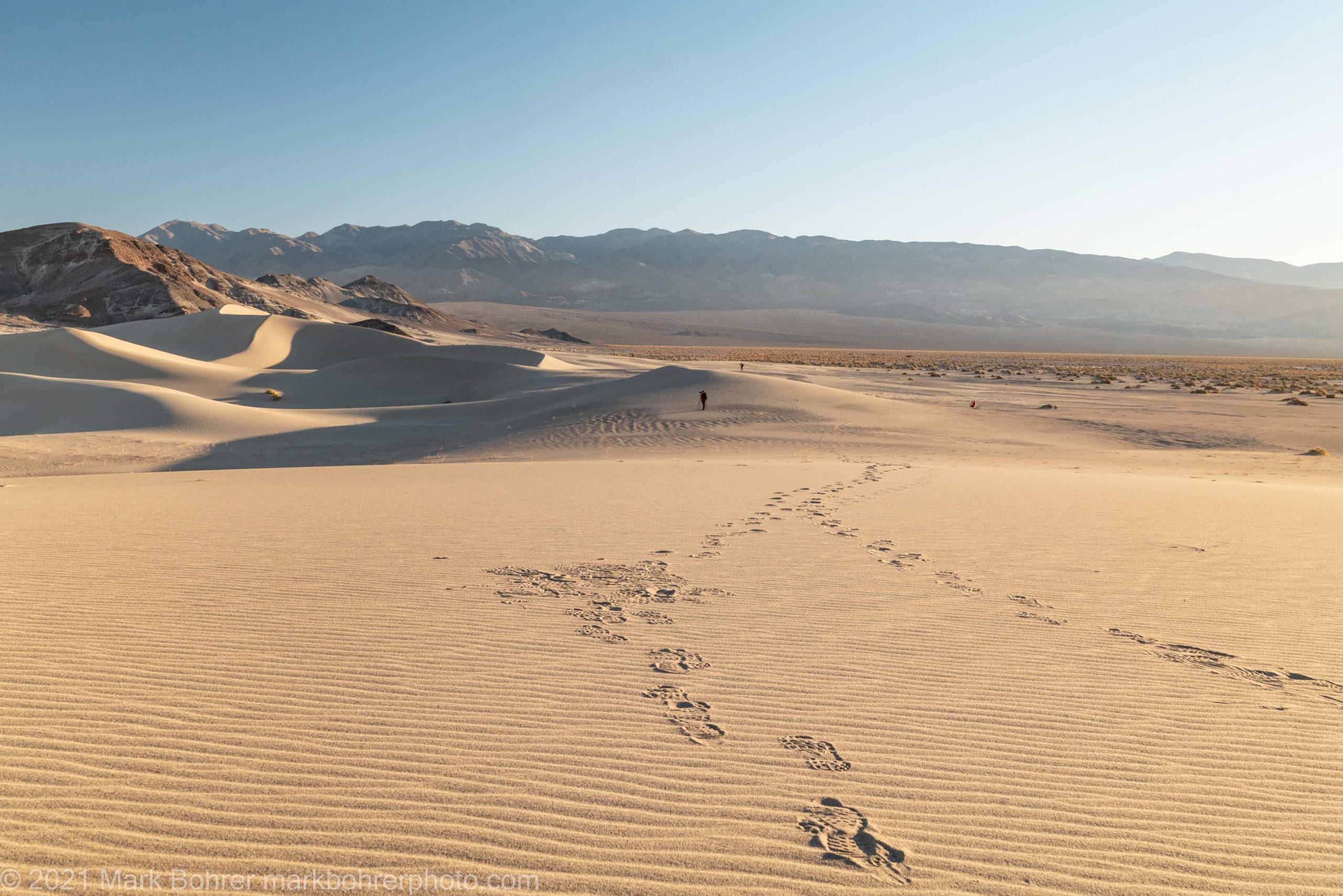
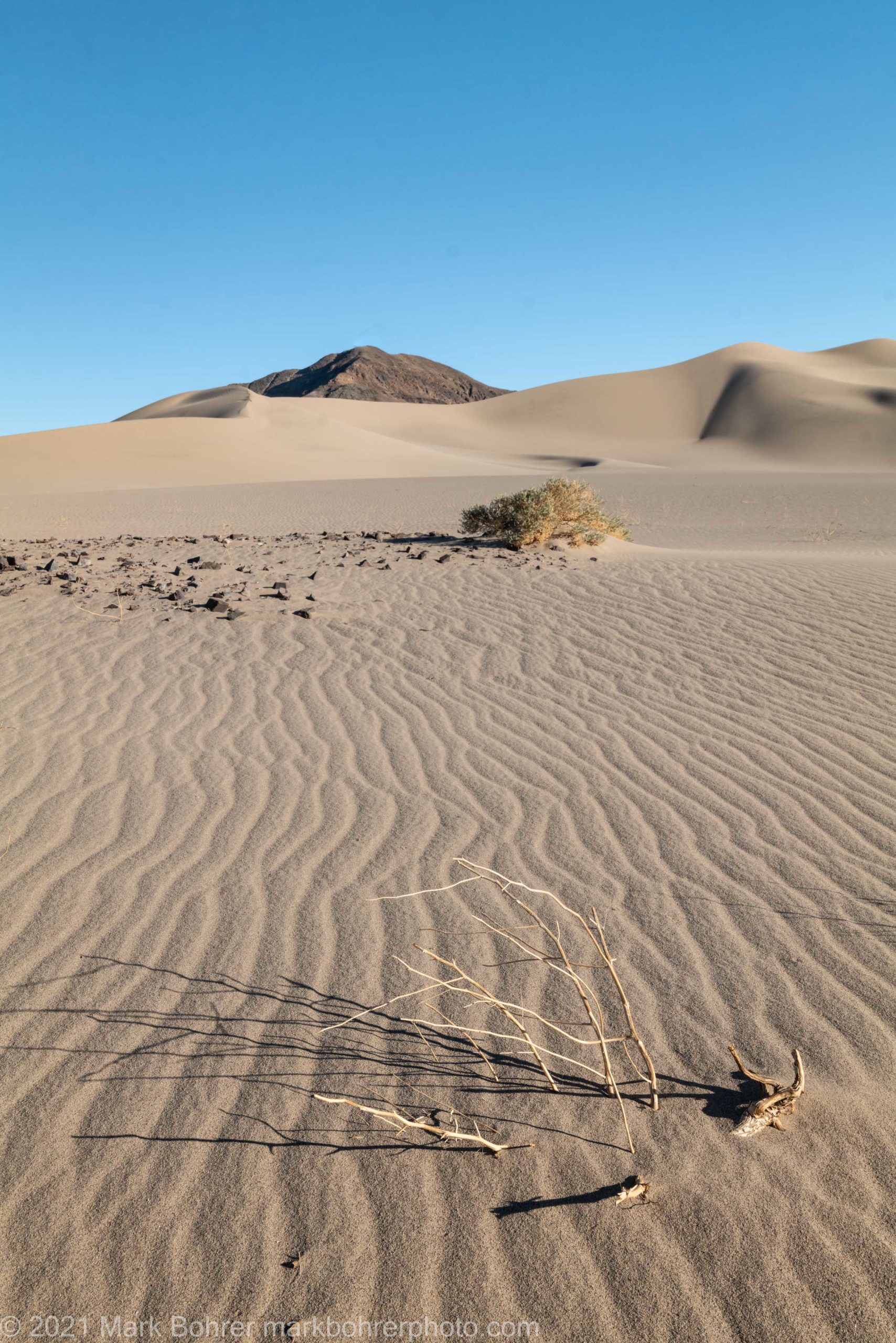
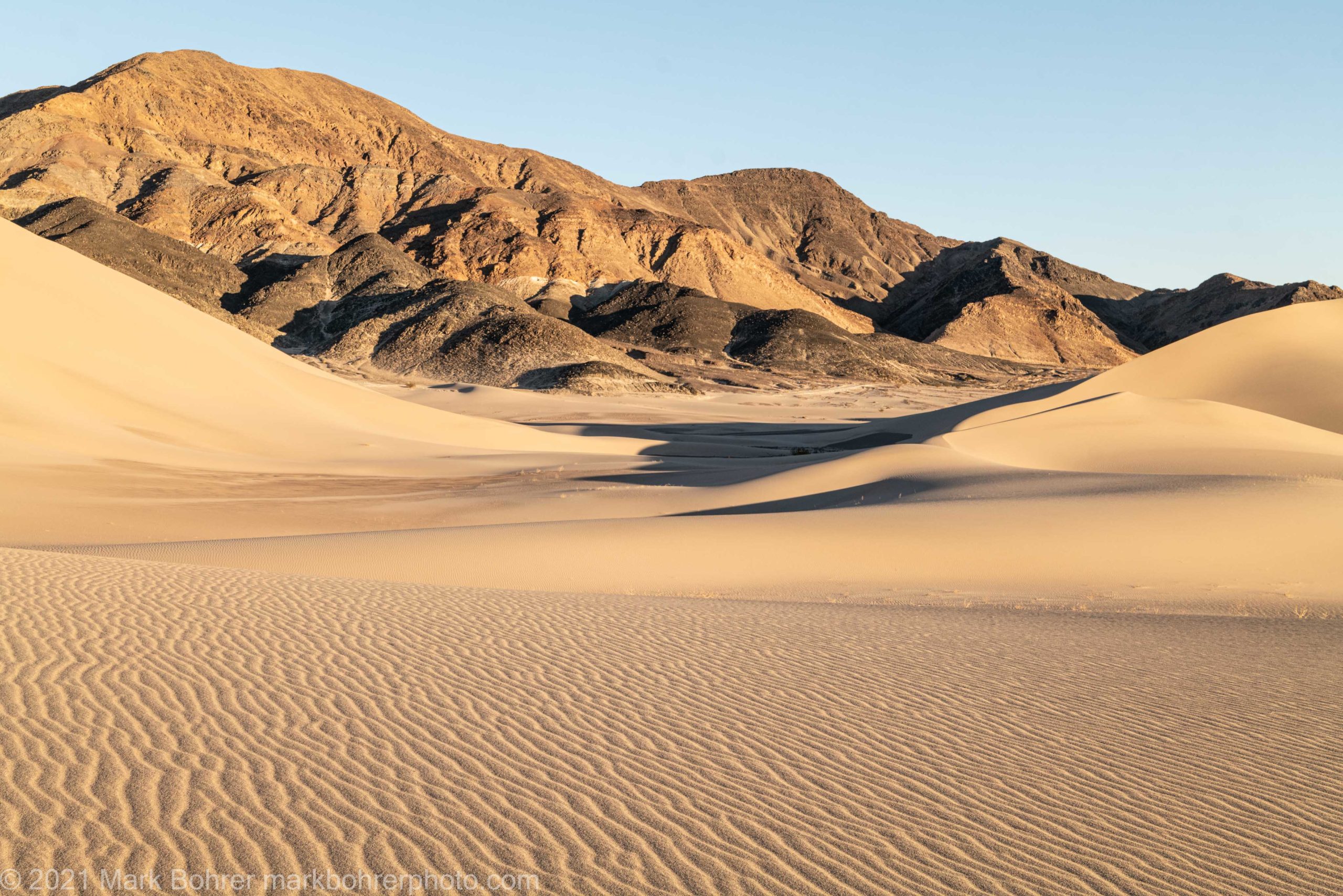
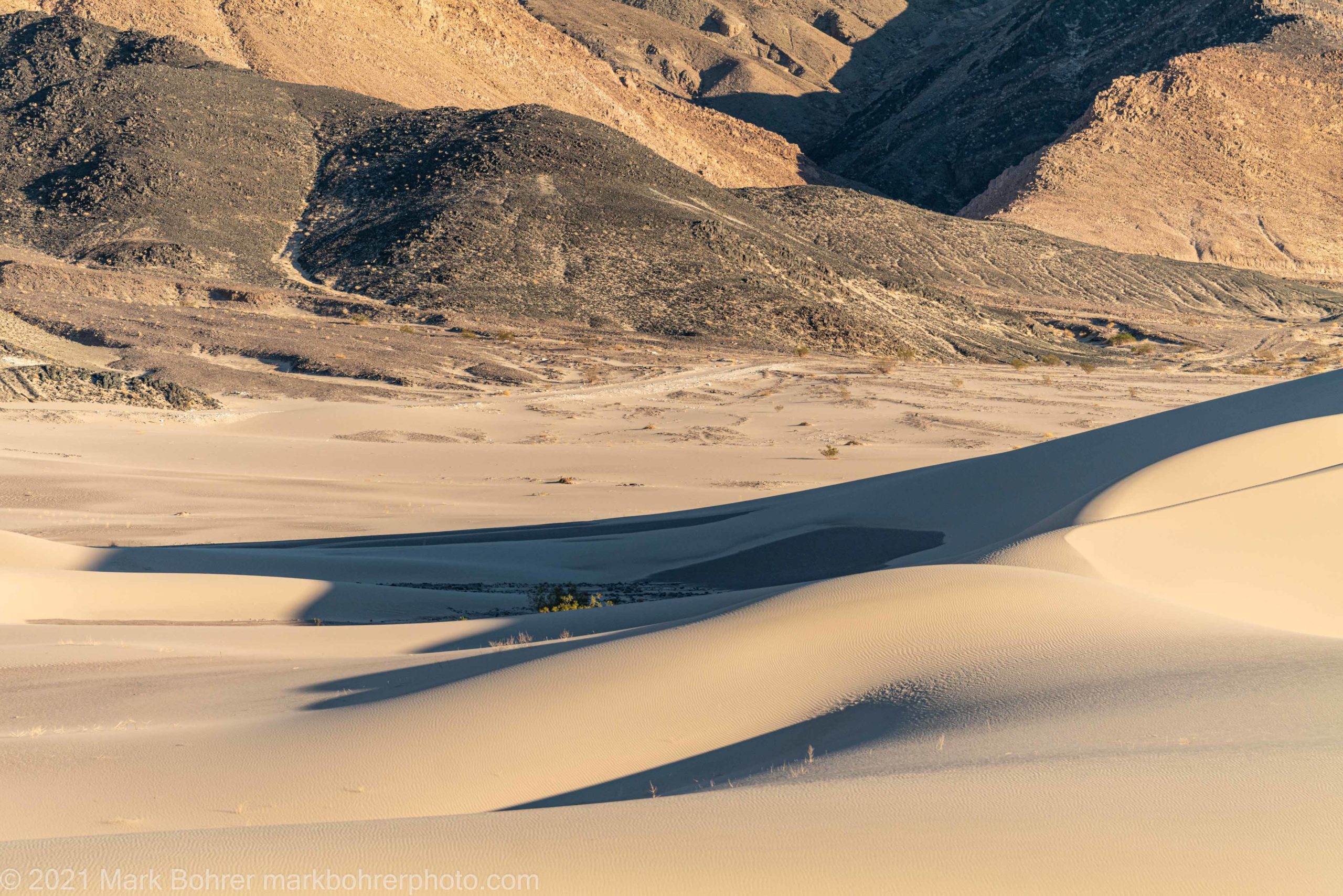
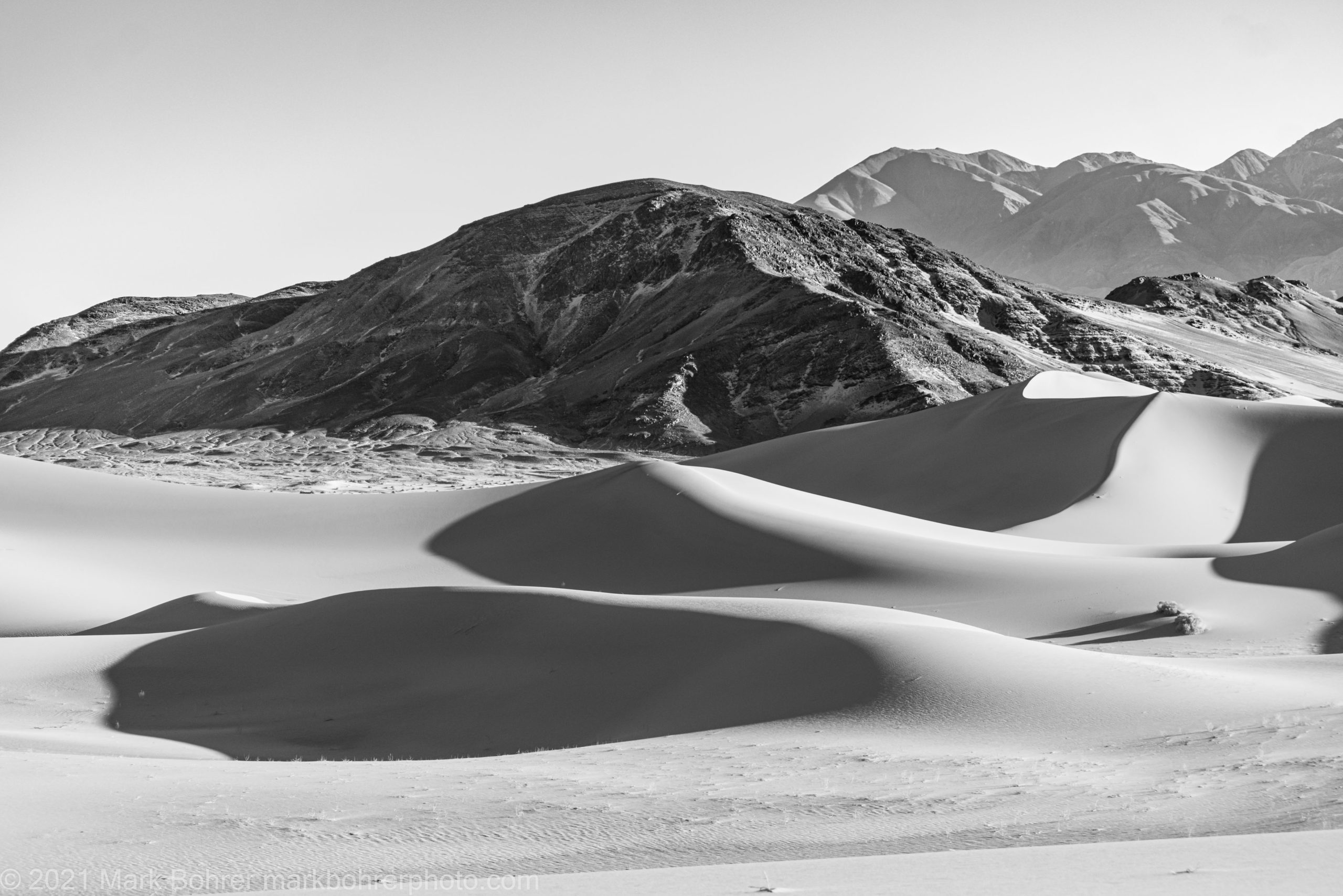
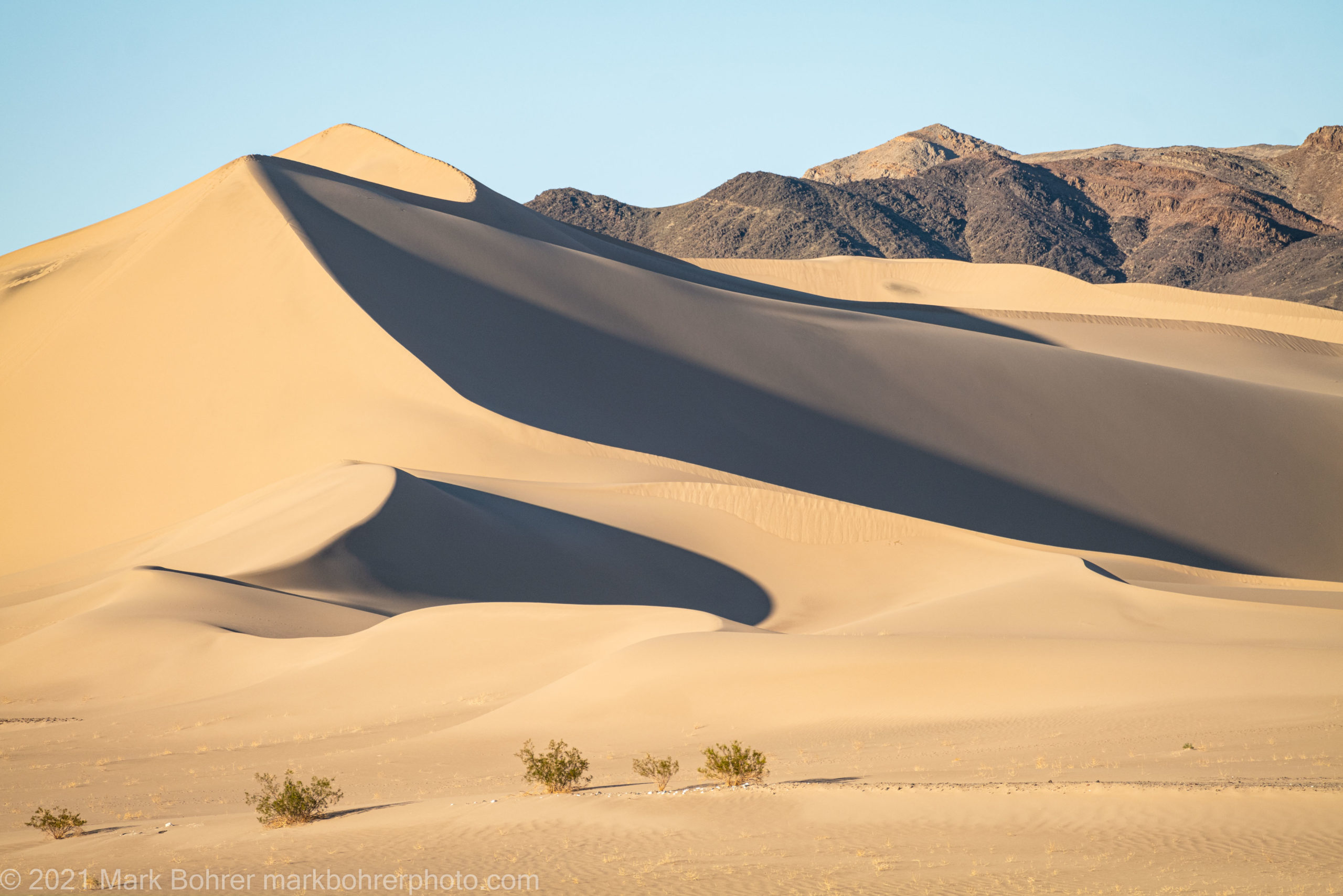
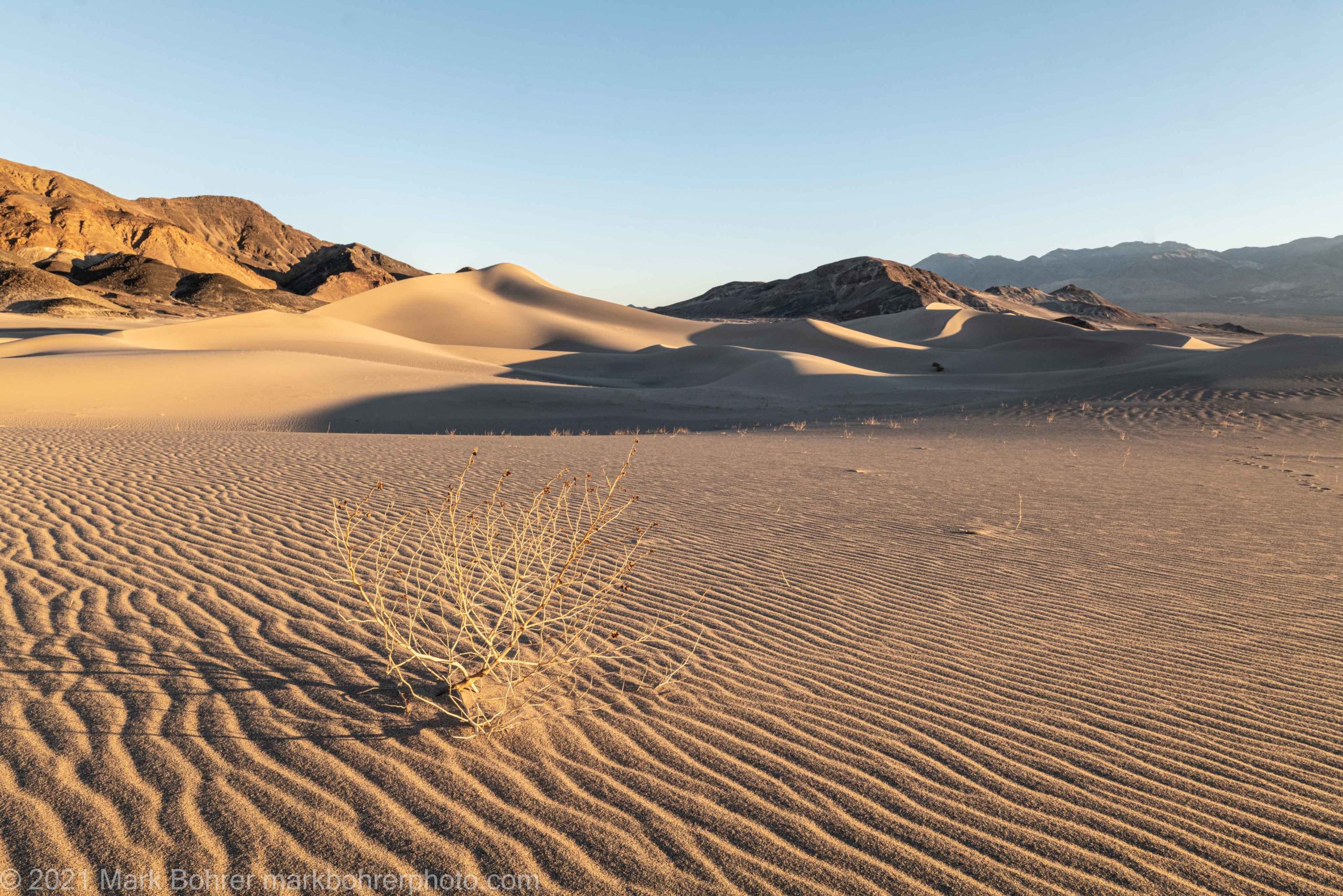
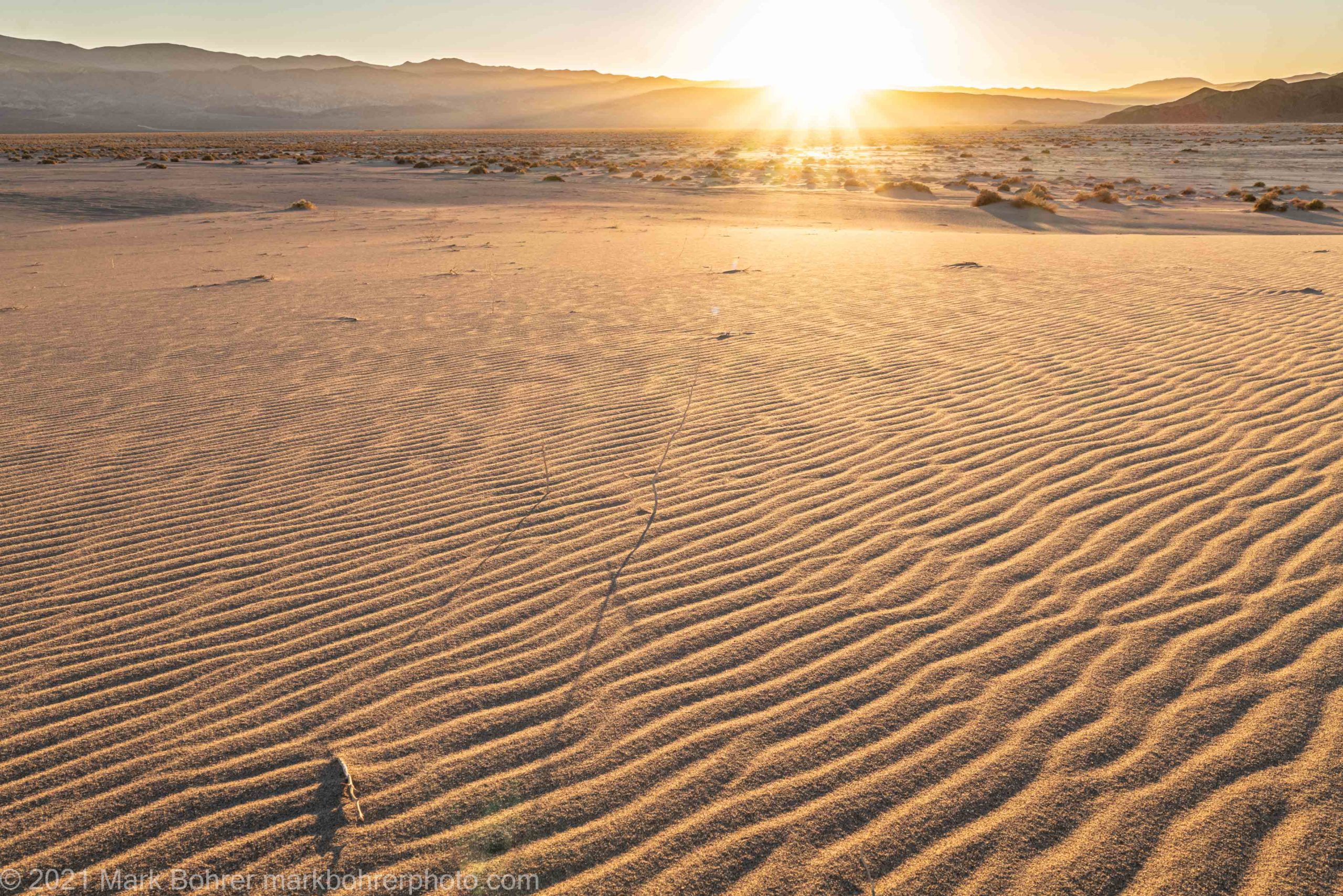
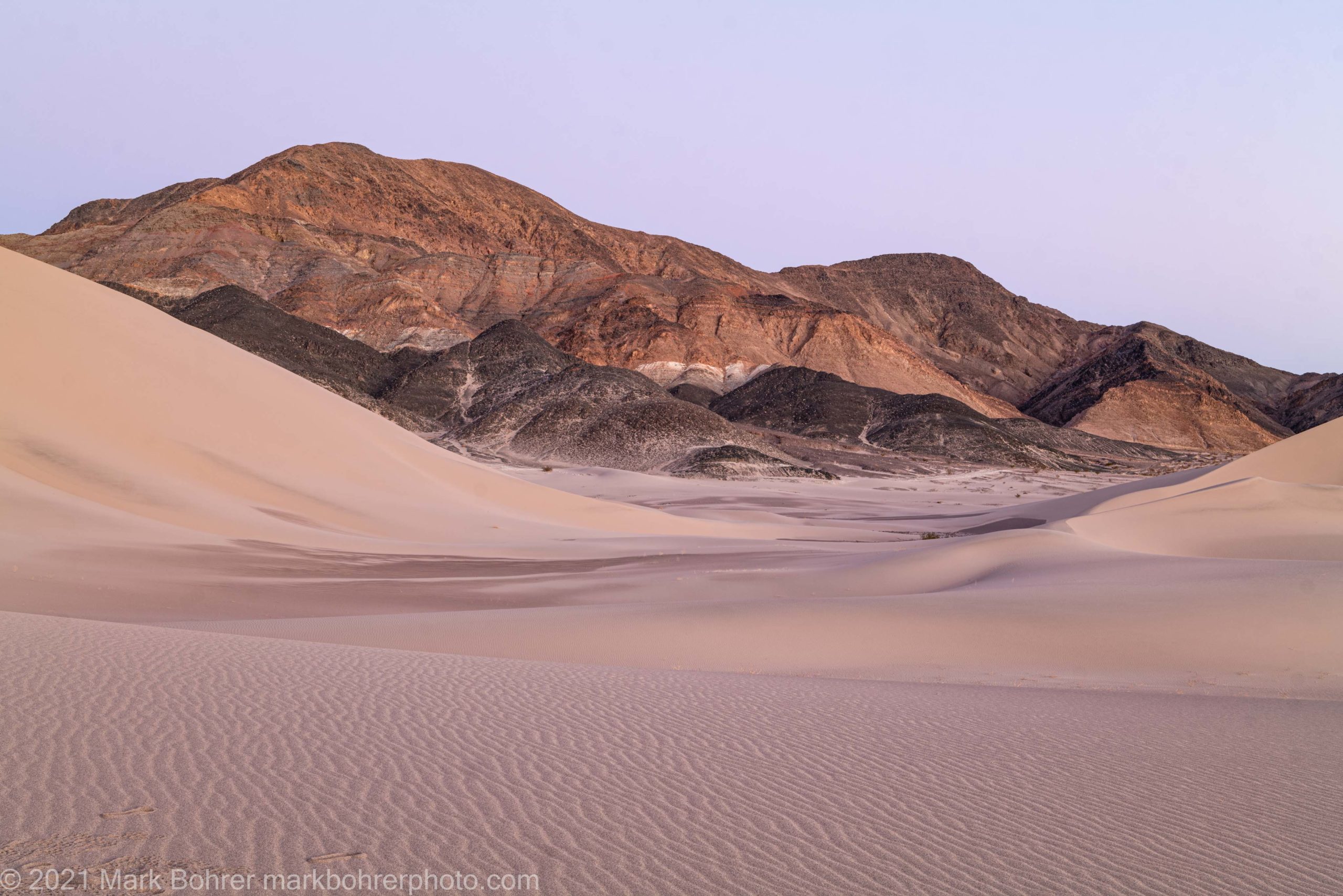
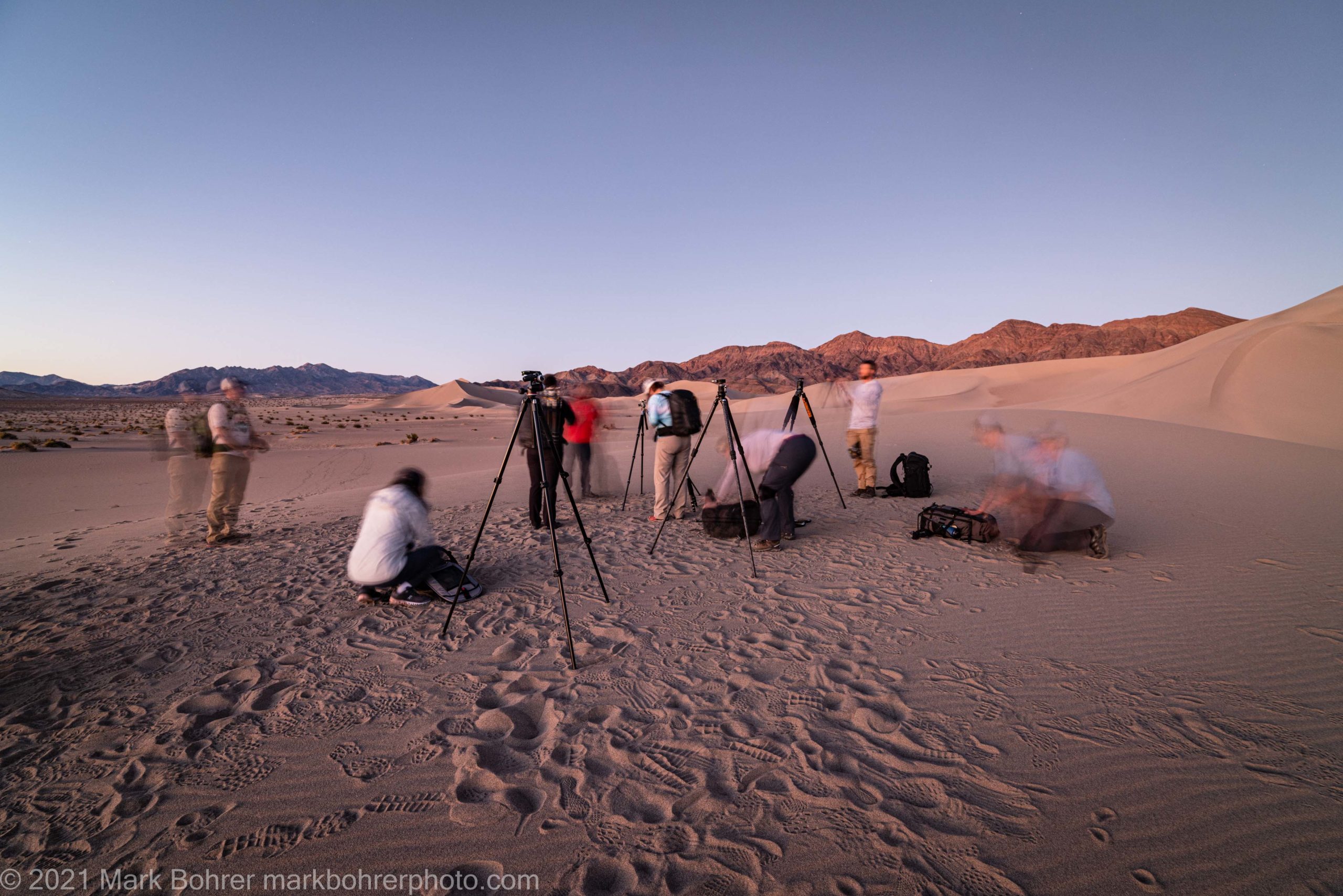
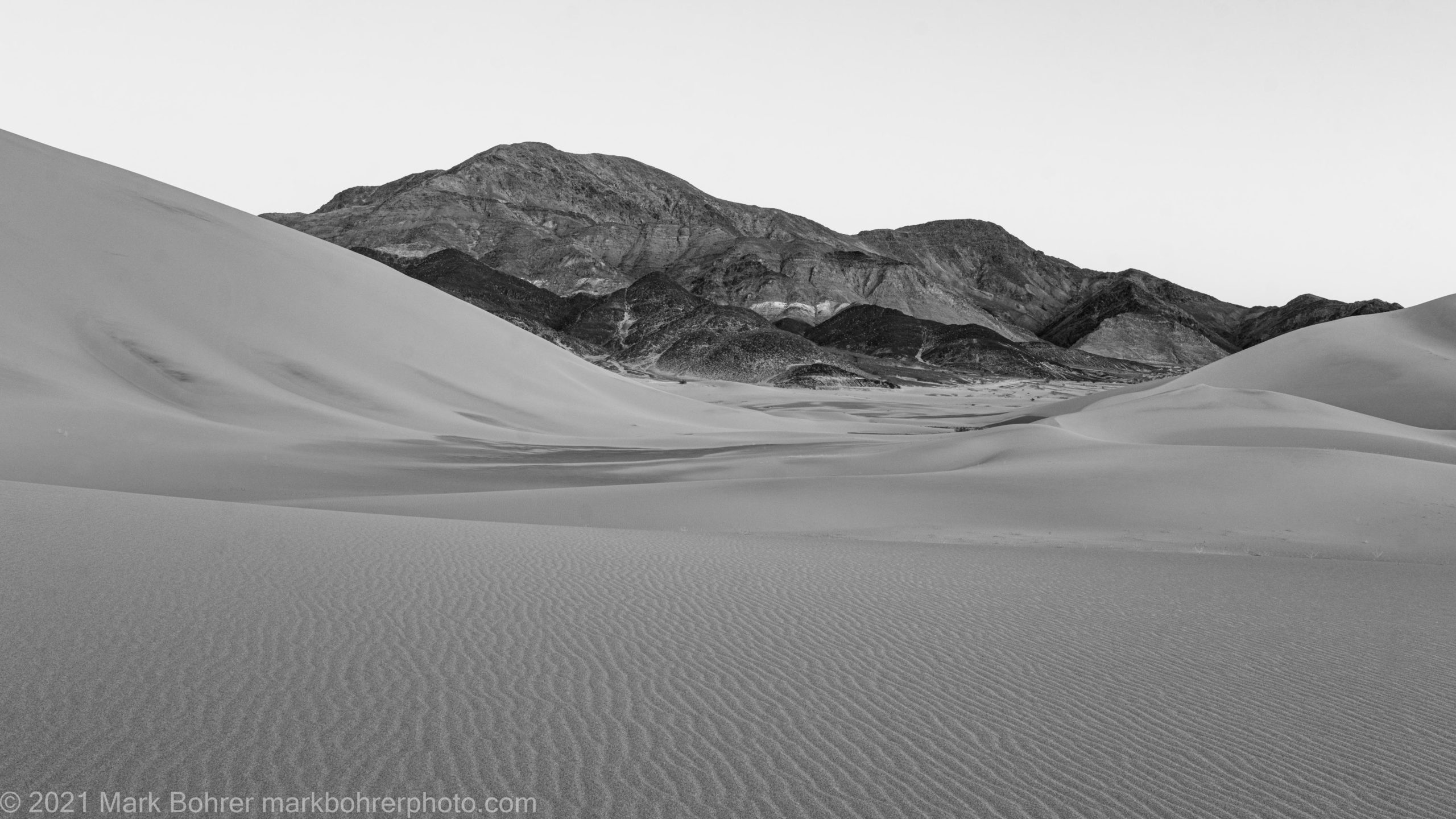
Recent Comments